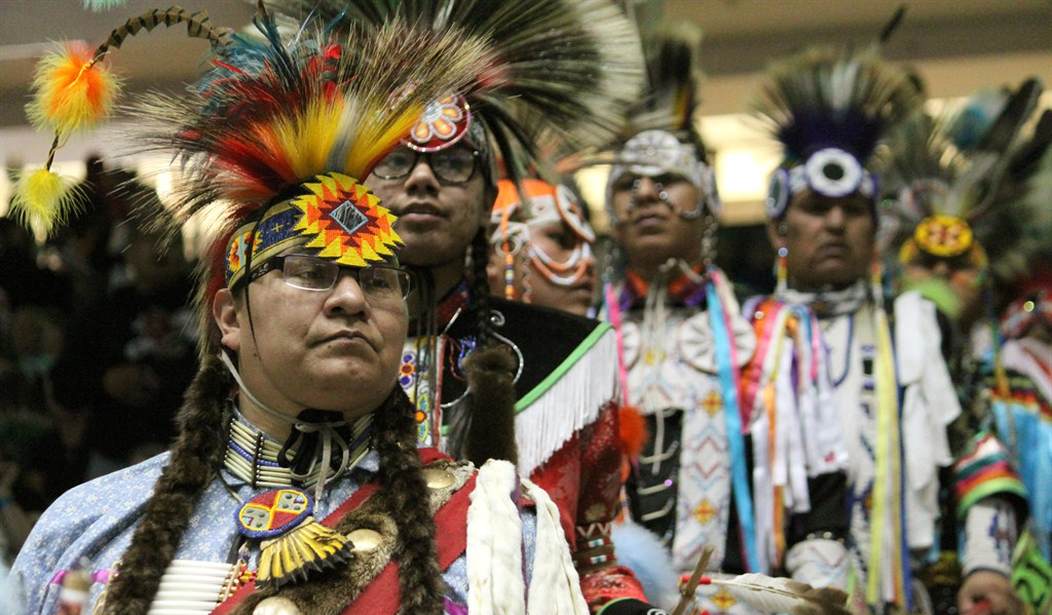In May 2021, a team of archeologists, using ground-penetrating radar, discovered what they believed to have been the bodies of 215 children on the grounds of the Kamloops Indian Residential School. The assumption was made that they had been buried because the school was trying to cover up abuse and neglect.
Kamploops was one of at least 138 residential schools that took children from their parents and sent them off to these residential boarding schools to be forcibly assimilated. They were forbidden to speak their native tongue and were force-fed Christianity. It was cruel and unwarranted. If a child died while at school, it was rare for official notification from the government to be made to the families.
When the "bodies" were detected, there was a social panic. “The loss of 215 children found on the grounds of a residential school is a national tragedy,” Chief Bobby Cameron of the Federation of Sovereign Indian Nations in Saskatchewan said in a statement.
However, there have not been any "bodies" uncovered at any of the 80 residential Indian schools where ground-penetrating radar has been used to look for remains. Three years on and there have been no exhumations of any child remains due to religious customs that preclude anyone from disturbing the dead in their resting place.
This has bred some skepticism; the skeptics want proof that the dead children died of something besides natural causes.
The schools operated from roughly the 1840s to the 1970s. As late as 1900, the infant mortality rate was 40%. "[U]p to 30% of children died before their first birthday, and 43% did not survive past their fifth birthday. If the child lived to ten, they still only had a 60% chance of surviving to adulthood."
Automatically assuming these children died of anything but natural causes requires extraordinary proof. The epidemics of diphtheria, mumps, measles, smallpox, and other childhood diseases that have been mostly eradicated by the 21st century are a far more likely explanation for most of the dead.
While there is a broad consensus in Canada that children were taken from their families and died in these schools, as the discussions and searches have dragged on, a small universe of conservative Catholic and right-wing activists have become increasingly vocal in questioning the existence of unmarked graves. They are also skeptical of the entire national reconsideration of how Canada treated Indigenous people.
Three years after the announcement about the former Kamloops residential school site, they ask, why has no proof of any remains been uncovered anywhere in the country?
“There’s, so far, no evidence of any remains of children buried around residential schools,” Tom Flanagan, professor emeritus of political science at the University of Calgary and an author of “Grave Error: How the Media Misled Us (and the Truth About Residential Schools),” said in an interview.
“Nobody disputes,” he added, “that children died and that the conditions were sometimes chaotic. But that’s quite different from clandestine burials.”
Of course, any questioning of the approved narrative brings swift condemnation.“The denialists, they’re hurtful. They are basically saying that didn’t happen," said Chief Rosanne Casimir of the Tk’emlups te Secwepemc Nation, who made the original announcement in 2021 about the Kamloops site.
That's not what the "denialists" are saying at all. Indeed, as Professor Flanagan points out, no one is saying these schools weren't burial sites. But it's a leap of faith to claim the children died as a result of abuse and neglect.
So why not quiet the skeptics and exhume the bodies?
For Mr. Flanagan and others who share his viewpoint, their disbelief that there are many gravesites is part of a broader argument against the key conclusion of a Truth and Reconciliation Commission: that the residential schools were a system of brutality that led to “cultural genocide.’’
“The narrative that’s been constructed pulls out all the bad stories and retails those and minimizes the benefit of residential schools,” Mr. Flanagan said, adding that converting Indigenous people in nations colonized by Europeans to Christianity and eradicating their cultures was once common worldwide.
“The churches believed that it was their religious duty, and the politicians thought that it helped to civilize the Indians,” He said. “Would we do that today? No. But our understanding wasn’t available to these people of 150 years ago.”
The attempt to forcibly assimilate Native Americans led to the destruction of Native American culture and the deaths of tens of thousands of people including children. When efforts to assimilate the Native people were resisted they were bloodily suppressed. It was not the Western World's finest hour by any means.
But exaggerating history to make a political point is wrong. To my mind, it lessens the impact of the abuse when Native Americans and their advocates give a distorted view of history.










Join the conversation as a VIP Member